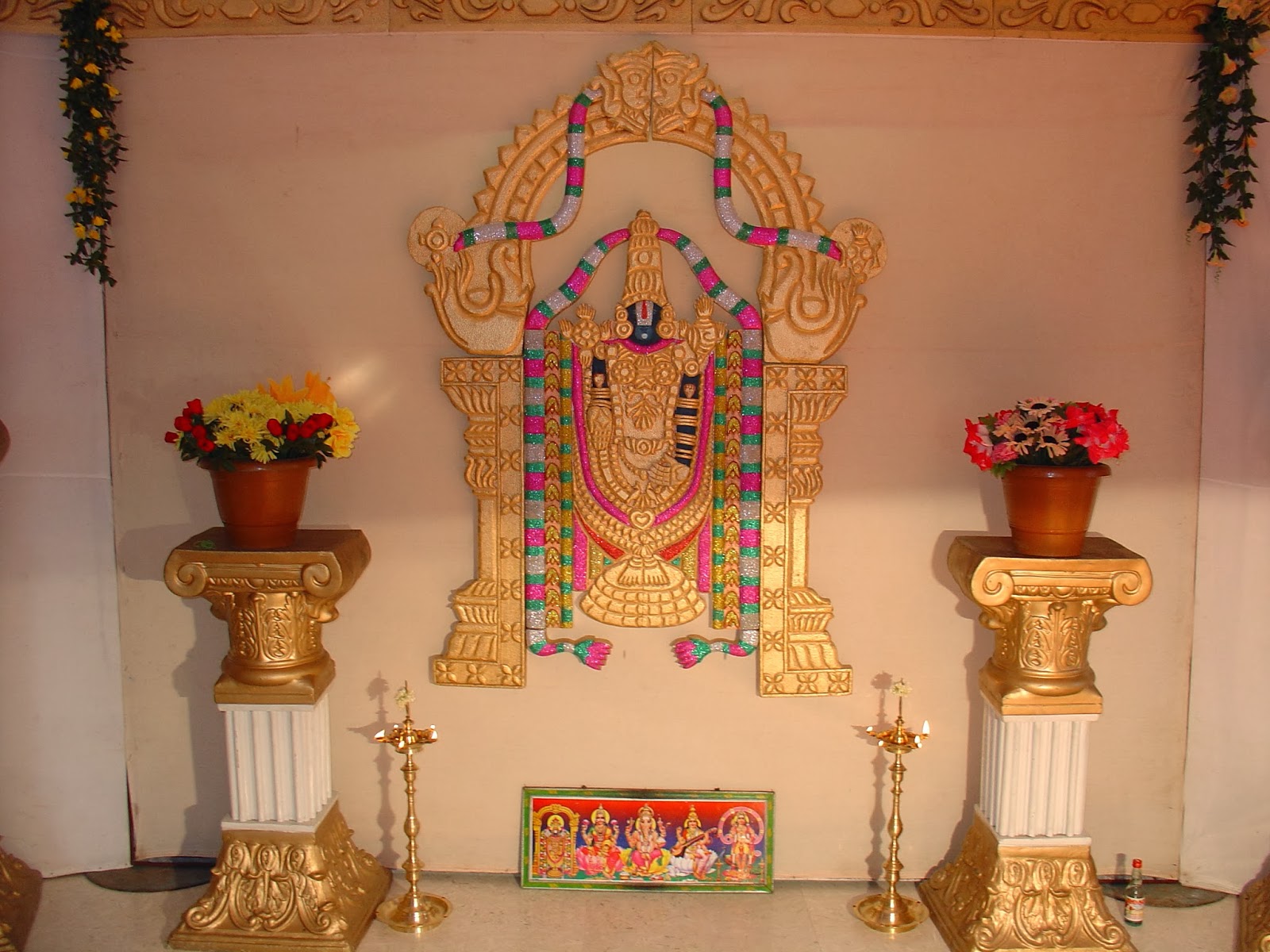Idli - Dosa batter Recipe: A Step by Step Guide
I have seen this evolve in my home. Amma used to soak the ingredients on a Sunday morning, and by evening, they go into the stone grinders that were embedded in a spot at the back of the house. People come and go during that one hour period, and I have seen my amma or grandmother pull it, twist it, gently flip over with one hand, while the other hand was constantly put in circular motion. The batter went into huge vessels (brass ones) that were 3 times of the fresh batter. The next morning, mainly during summer days, I have woken up to see the lid about three inches pushed above the vessel. Fermentation! No yeast or no innoculum. They happened naturally with a perfect flavor.
We see certain processes being followed about a thousand times, but when it actually comes to doing it ourselves, we stumble. I found it extremely difficult to get it to the correct flavor. I used all types of rice but finally settled down with idli rice. That works the best for me. Another indispensable member of the idli family is stone-grinder. You tell me 100 good things about blenders, nothing replaces a stone grinder's quality. There is no 'the right way' for making idlis and dosas. You decide what is the right thing.
Ingredients:
Idli rice - 3 cups
Ulutham paruppu (Urad dal) - 11/4 cups
Vendhayam (methi seeds) - 1 tsp
Soak the rice and lentil separately. Grind them one after the other. Some may prefer to grind them all together. I usually grind the lentil with vendhayam first. Add water intermittently so that the batter fluffs up very well. It takes about 45 minutes. The more you grind it, the fluffier and softer the idli turns out. Many may grind it in mixie too, but I noticed a big difference in the softness after they go cold or left in hot box or refrigerated for a few days. Even the refrigerated idlis turn out super soft after warming them up in microwave for 30 seconds.
I keep the rice batter thick during initial grinding. Later, once all finely ground, I add water to make it thinner. Grind it for a minute and then scoop it off. Then I mix them all together. No adding water at all after grinding!
See the consistency of the batter below, before fermentation.
After 10 hours of sitting in the oven, undisturbed, the batter rises up as seen below.
This is the consistency of batter after fermentation. It is frothy and falls down stiffly. You can add water to this to bring it to desired consistency. I usually do not add water to this for making idlis, but I do add water to make papery dosas. Trust me, idlis and dosas just come out perfect! Again, this is not the only way to make perfect dosas and idlis. We all find out own ways.
I made mini idlis. I left the stack of plates in pressure cooker without gasket for 12 minutes. You see the idlis slighly crack up. That is when it is done. Spread the plates on the counter top, turn the plate, one by one, upside down and keep it under cold running water for a few seconds. Leave them back on the counter top. Wait for a few minutes and scoop them out with a sharp-edged spoon. Dip the spoon in water if you find it sticky while removing the idlis. Back home, amma and paatti used veshti (cotton dhotis). The plate of idlis were turned upside down in a plate and the white cloth peeled off easily! No scoop out business!
I added this home made idli podi (gun powder). I sprinkled enough powder in this bowl and dripped sesame oil over. Mixed it well.
Yummy idlis are ready to be gulped in. I have used this as an appetizer and also as a main course. It goes well with everything. That is why I call this a friendly accompaniment!










Hello there Sharmila
ReplyDeleteYou have a great blog with some great recipes and awesome photography. I am reaching out to you from www.itspotluck.com a social platform for Indian/Desi food lovers. It is a community of hundreds of food bloggers with thousands of recipes and counting. You might find some fellow bloggers from India and abroad as well on our platform.
The current services are just a beginning and we will be adding additional functionalities that will truly make this a global platform for Indian food.
We hope you like what we are presenting and would join our growing community of Indian food lovers. Don’t wait - join today. Our facebook page https://www.facebook.com/its.Potluck is frequently updated with food related news and exciting recipes so stay connected via facebook as well.
If you face any challenges in registering please contact us at comments@itspotluck.com
Thank you and looking forward to having you as part of itsPotluck community.
Please ignore this email if you are already a member.
itsPotluck
www.itspotluck.com
wow nice pics
ReplyDeleteparty sarees online| sarees online usa free shipping| sarees online usa| bollywood sarees online| buy indian sarees online| sarees online shopping